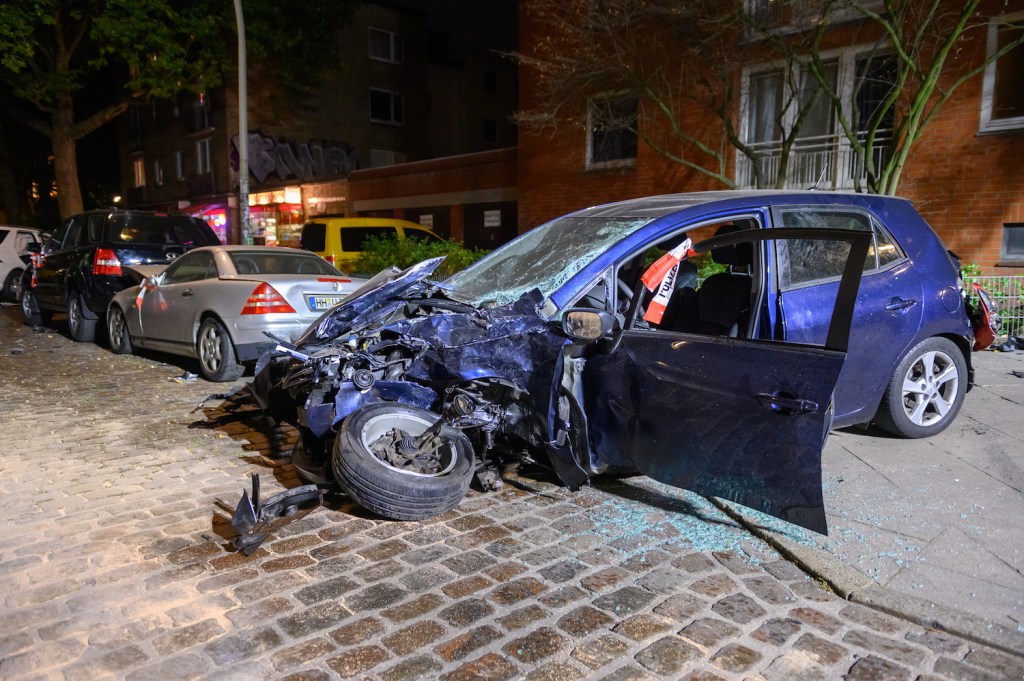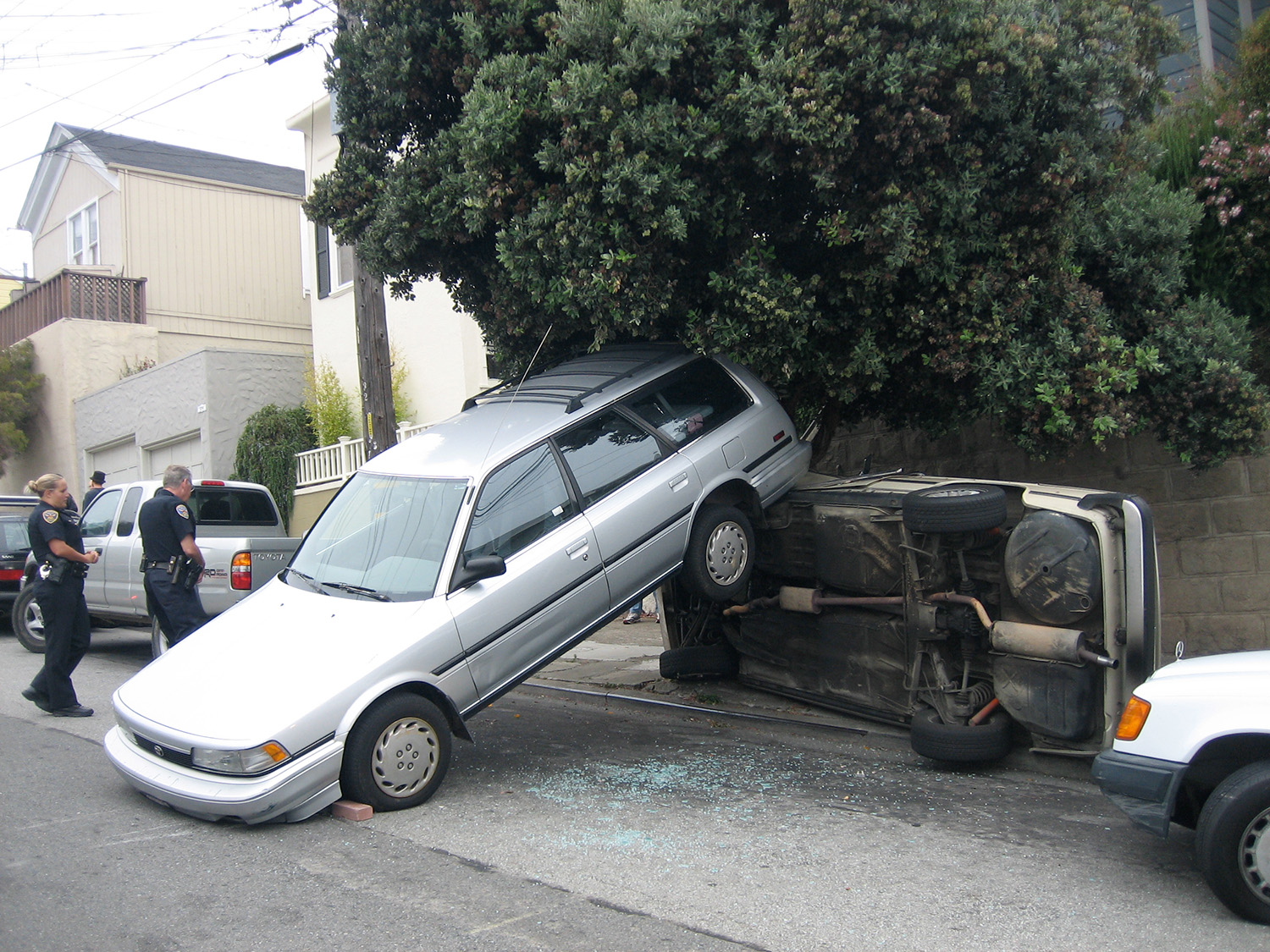
Here’s Why You Should Have Full Coverage Insurance on Every Car
The temptation to carry liability-only insurance on a car you own outright is tempting. Typically, the result is much lower monthly payments than a full coverage policy. However, going without full coverage may result in the loss of some coverages that are incredibly beneficial to have. Most people understand that if they cause an accident, their car will not be covered. However, there’s much more to a full coverage policy than that. Here are three significant reasons to consider keeping full coverage on any car you’ve got!
Rising used car prices can make an out-of-pocket vehicle replacement unaffordable

According to Truecar, totaling a vehicle without full coverage could be devastating financially. Sure, if you’re driving a beater car that’s only worth $500, it may not be the end of the world in your eyes. However, most auto loans are on four to six-year terms. This means that some folks driving vehicles from 2018 or newer might soon be facing the decision to keep their full coverage policy or not. Cars that new are still quite expensive!
To exemplify this thought process, Truecar uses a 2010 Ford F-150. Assume this 2010 F-150 gets totaled. The cost of a brand new replacement is well over $50,000. However, with the current cost of used vehicles, the price of a 2010 F-150 right now is around $18,000. So, if the policyholder of the F-150 did not have full coverage, on the most affordable end, they would need $18,000 to get a replacement vehicle of the same year, make, and model. That’s a lot of money, and not many people have it just lying around!
On the contrary, a full coverage policy would pay out the current value of the F-150. This means the policyholder would then have $18,000 to spend on a replacement vehicle.
Though the monthly savings can seem tempting, it may ultimately wind up hurting you in the end.
Non-accident coverage like weather damage

A fantastic bit of added coverage that comes with most full coverage policies is non-accident coverage. A lot of these small details are often overlooked when drivers decide to step down to a liability-only policy.
Many full coverage policies cover theft or vandalism. Opting out of full coverage means that you may be paying out of pocket if someone breaks into your car, scratches it, or hits it while parked and drives away.
Uninsured drivers are another reason to consider keeping full coverage on all vehicles. The Insurance Information Insitute says that 13 percent of all drivers on the road are uninsured. In the event that an uninsured driver hits your car, even if they don’t run, there’s a good chance you’ll have to pay out of pocket for repairs. The next best possibility is taking the uninsured driver to court, which is never fun.
Finally, coverage from natural disasters like flooding, tornadoes, hurricanes, hail, and more typically falls under a full coverage policy.
It might not cost as much as you think to have full coverage

Truecar states that, on average, a liability-only policy costs around $700 annually. However, a full coverage policy costs $2,000. Breaking that down on a monthly scale makes the average difference around $108 a month. However, the averages do not necessarily reflect how much it will cost you.
As with any insurance policy, things like driving record, age, the type of vehicle, and more fall under consideration when it comes to pricing. So, it’s definitely worth at least giving your insurance company and others a call to find out pricing. You may be surprised by how little it costs to bump up to full coverage. A Truecar employee upgraded from liabilitiy on two vehicles and only added $50 per month to their policy. Who knows? Yours could be even less! It never hurts to ask.
Ultimately if it’s within your budget to keep full coverage on any vehicle you own, the added coverage and peace of mind are certainly worth the cost. Don’t forget to get quotes from other insurance companies if yours isn’t as affordable as you’d hope. You just might stumble upon an affordable full coverage policy!



